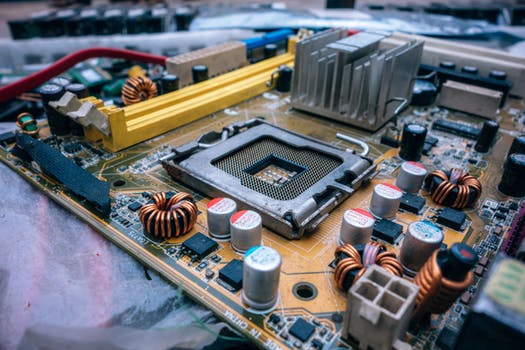
Our daily lives are dominated by electrical systems, which run everything from industrial machines to our houses. However, in order to avoid mishaps and guarantee personal safety, dealing with electricity requires extreme vigilance. Following safety procedures is imperative, regardless of experience level or do-it-yourself enthusiasm. This article explores voltage checks, critical safety precautions, and practical advice for navigating dangerous conditions.
Safeguarding Against Electrical Hazards
Even while it is necessary, electricity has inherent risks if not used properly. Safety procedures must always come first while working with electrical systems. Adhering to safety protocols reduces the risk of mishaps when doing regular maintenance or debugging issues. Every safety measure, from protective clothing to voltage checks, helps create a safe working environment.
Voltage Tests: Ensuring Safety and Accuracy
Precision and safety go hand in hand when it comes to voltage testing. Resistance tests provide a trustworthy, low-risk way to confirm circuits. Make sure all power sources are turned off and, if feasible, securely locked before starting any tests. Put on the proper protective gear, such as insulated shoes and gloves, to reduce your chance of electrocution. Use insulated handle tools as well to avoid unintentional shocks. Never forget that the most important thing to consider when performing voltage checks is safety.
Neon Bulb Outlet Test: A Simple Yet Effective Method
For quick assessments of line voltage, neon bulb testers offer a convenient solution. These inexpensive gadgets give an immediate indication of whether a line is energized or not. You can rapidly ascertain whether the live voltage is present by connecting the tester between the hotline and ground terminals. Take care not to exceed the voltage rating of the tester as this may cause damage or failure. The neon bulb tester adds value to any toolset due to its easy-to-use nature and dependability.
Thermostat Voltage Test: Navigating High and Low Voltage Systems
Thermostats, which use high- or low-voltage mechanisms, are essential for controlling HVAC systems. High-voltage thermostats control power line voltage directly, hence they require careful maintenance similar to that of power lines. On the other hand, low-voltage wiring ensures user safety when using transformer-reduced voltage in low-voltage thermostats. Use a meter to examine thermostat circuits in order to get accurate readings and pinpoint any problems. It is possible to carry out testing efficiently and prioritize safety if you are aware of the differences between high and low-voltage systems.
Empowering Safe Electrical Practices
Electrical safety is a shared responsibility that necessitates vigilance and following set procedures. By integrating safety protocols into all aspects of electrical work, we reduce hazards and promote a safe and secure environment for everybody. Put safety first to prevent potential risks, whether that means using voltage tests or donning protective clothing.
Apex Waves is your trusted partner for all your legacy test equipment needs. We offer a diverse range of high-quality instruments and a platform for selling surplus items. Get in touch with us today to learn more!
Frequently Asked Questions (FAQs):
Why is safety important when working with electricity?
When working with electricity, safety must always come first to avoid mishaps, injuries, or even fatalities. Following safety procedures lowers the possibility of electrical shocks, fires, and other electrical system dangers.
What are some essential safety measures when conducting voltage tests?
Make sure all power sources are off before performing voltage tests, and wear protective clothing, such as gloves and shoes, along with insulated tools. To prevent damage or malfunction, make sure the testing equipment’s voltage rating is always confirmed.
How do neon bulb testers work, and when are they used?
Testers for neon bulbs offer a rapid and easy way to determine if circuits have live voltage. When attached between the hotline and ground terminals, they light up to show that the voltage is there. Basic voltage checks are a great usage for these testers.
What precautions should be taken when testing thermostat circuits?
It’s critical to distinguish between high and low-voltage systems while evaluating thermostat circuits. Handle high-voltage thermostats carefully and handle them the same way you would electrical lines. To get exact readings and make correct diagnoses, always use a meter.







